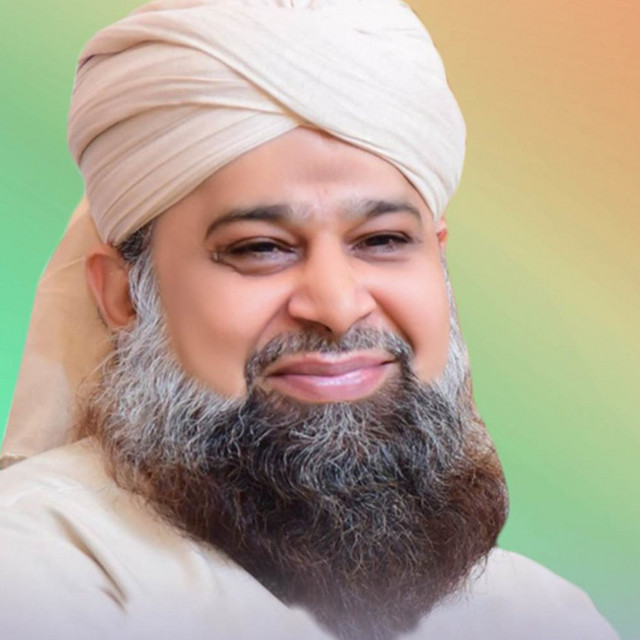
Basim Karbalaei
IRQ • Islamic Music

Burak Bulut
TUR • Turkish Folk
Burak Bulut
 TURMiddle EasternTurkish Folk
TURMiddle EasternTurkish Folk
H
H
Samet Kardeşler
TUR • Contemporary Hip Hop
Samet Kardeşler
 TURHip HopContemporary Hip Hop
TURHip HopContemporary Hip Hop
Cem Yılmaz
TUR • Turkish Folk
Cem Yılmaz
 TURMiddle EasternTurkish Folk
TURMiddle EasternTurkish Folk
Abyusif
EGY • Trap
Abyusif
 EGYHip HopTrap
EGYHip HopTrap
Bilel Tacchini
DZA • Arabic Pop
Bilel Tacchini
 DZAPopArabic Pop
DZAPopArabic Pop
Mark Eliyahu
ISR • Other Middle Eastern Music
Mark Eliyahu
 ISRMiddle EasternOther Middle Eastern Music
ISRMiddle EasternOther Middle Eastern Music
Owais Raza Qadri
PAK • Other Middle Eastern Music
Owais Raza Qadri
 PAKMiddle EasternOther Middle Eastern Music
PAKMiddle EasternOther Middle Eastern Music
Muhamed Sultan (محمد سلطان)
EGY • Arabic Pop
Muhamed Sultan (محمد سلطان)
 EGYPopArabic Pop
EGYPopArabic Pop
Bergen
TUR • Turkish Folk
Bergen
 TURMiddle EasternTurkish Folk
TURMiddle EasternTurkish Folk
Mem Ararat
TUR • Other Middle Eastern Music
Mem Ararat
 TURMiddle EasternOther Middle Eastern Music
TURMiddle EasternOther Middle Eastern Music
Hanan Ben Ari
ISR • Mainstream Pop
Hanan Ben Ari
 ISRPopMainstream Pop
ISRPopMainstream Pop
Uygar Doğanay
TUR • Arabic Pop
Uygar Doğanay
 TURPopArabic Pop
TURPopArabic Pop
Hira Mani
PAK • Other Middle Eastern Music
Hira Mani
 PAKMiddle EasternOther Middle Eastern Music
PAKMiddle EasternOther Middle Eastern Music
Ragıb Narin
TUR • Mainstream Pop
Ragıb Narin
 TURPopMainstream Pop
TURPopMainstream Pop
Ahmed Abdo
EGY • Dance
Ahmed Abdo
 EGYElectronicDance
EGYElectronicDance
Alend Hazim
IRQ • Other Middle Eastern Music
Alend Hazim
 IRQMiddle EasternOther Middle Eastern Music
IRQMiddle EasternOther Middle Eastern Music
Damla
AZE • Mainstream Pop
Damla
 AZEPopMainstream Pop
AZEPopMainstream Pop
Sevgim Yılmaz
TUR • Other Middle Eastern Music
Sevgim Yılmaz
 TURMiddle EasternOther Middle Eastern Music
TURMiddle EasternOther Middle Eastern Music
Sherali Jo'rayev
RUS • Other Middle Eastern Music
Sherali Jo'rayev
 RUSMiddle EasternOther Middle Eastern Music
RUSMiddle EasternOther Middle Eastern Music Viberate
Viberate

 ARM
ARM
 ROU
ROU
 USA
USA
 IRN
IRN





















 AUT
AUT